
5 minute read
Is Your Brand Something to Talk About?
By: Hanifa Sekandi
In the overly social world that we now live in, it can be hard to stand out. How does a brand become noteworthy? What makes a brand worth talking about?
While you diligently craft your new alcoholic beverage, with hopes of becoming a formidable brand, it is important to remember as good as it may taste on the palate, it must also be as memorable to the imbiber. What do people see when they think of your brand? What feelings are evoked beyond an inebriated mind? Will people run to their local liquor store to purchase it? Now that production has finished, you know you have made a quality product. It is time to build a brand that is indeed something to talk about.
Fortunately, you have access to millions of people worldwide in the palm of your hand. One social media post can turn your brand into an overnight success. The truth is it does not happen overnight. There are strategies implemented before top-tier brands disseminate their marketing campaign to the masses. But, with just one post or compelling article written by a reviewer, a brand can quickly become a household name. Should you consider influencer marketing? It is an effective tool, but it is not necessarily the only way to spread the word. Instead, consumer reviews and testimonials are part of a long-term marketing plan for sustainable growth. View your customer as a micro-influencer who will host parties at their home, for example, and share your beverage with guests. They will also share photos and videos with their family and friends on social media. It is up to you to guide them, so let’s get started.
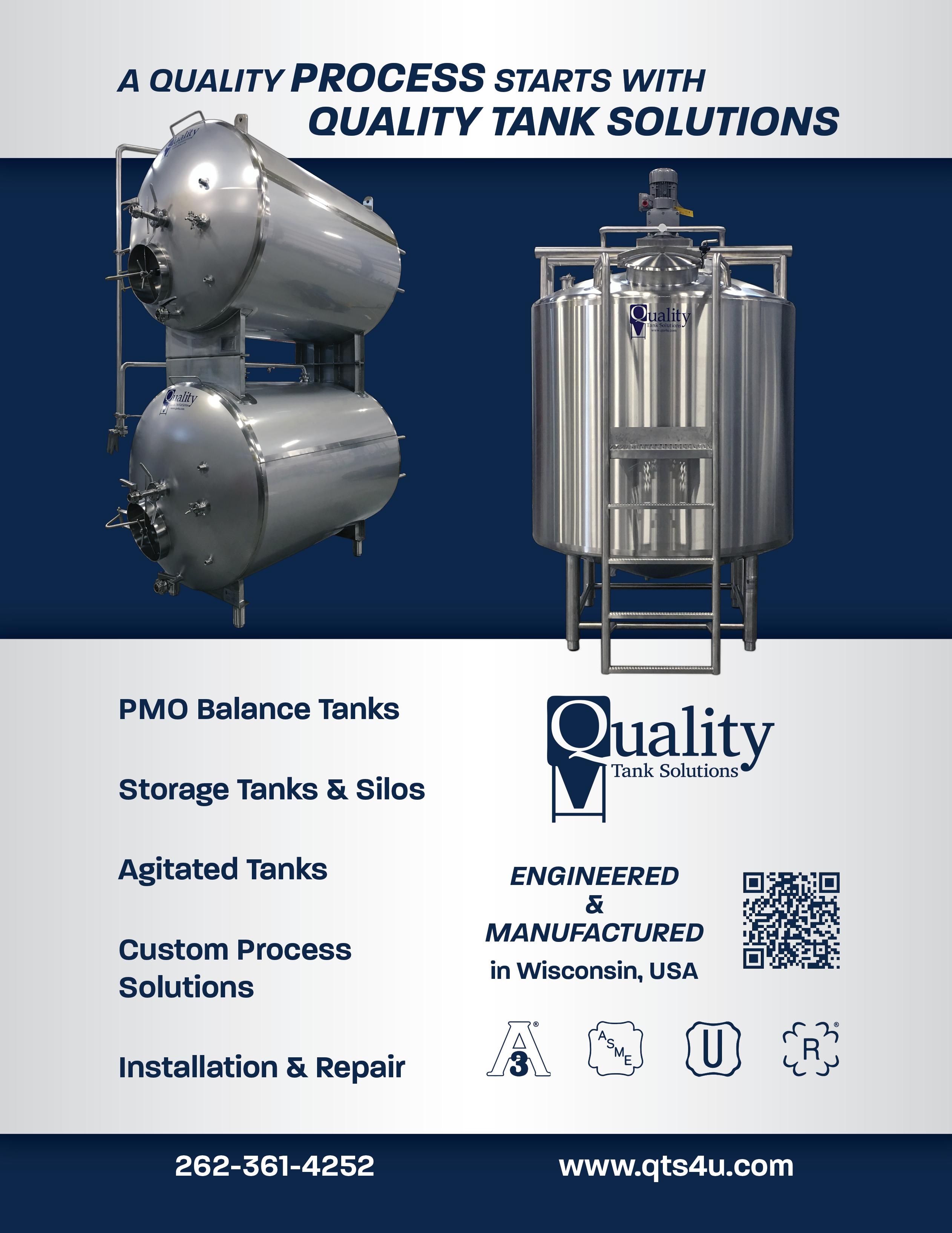
Build a Sustainable Strategy
What most brands learned once social media became a tool to advertise is that it can be quite exhausting. Let us be honest; it is a free advertising tool that can yield impressive results when used wisely and innovatively. But guess what…social burnout is a thing! Most brands hit the ground running only to find out that they have run out of stamina and, more importantly, marketing content. It is important to build the ship before you set sail. Further, you must be building marketing materials that can be used for the entire year! If you are fortunate to hire an editorial or marketing manager, they will help you plan and execute marketing strategies that are viable daily, monthly and yearly. The biggest mistake that new and old brands make in modern marketing is thinking they can build as they go or create limited marketing resources. Remember, view your brand as a ship. Would you set sail with holes in your boat or without life jack- ets? Would you trust a captain who just goes where the wind blows or someone with skills, expertise and instincts? Of course, you will have to take risks, but your ship should still have an anchor.
So, how do you build a sustainable brand? Your first task is to discern the "why"? What makes your alcoholic beverage unique? Is it premium gin? Does your brand use sustainable production methods? Is it a family-owned business? You need to build the story to draw a connection to your brand. White Claw is a notable example of a lowcal RTD beverage that jumped in front of the line from what seems like out of nowhere. Their brand is built around a health-conscious consumer who enjoys drinking without worrying about the scale. They found their "why" and then focused on reaching their targeted consumers. Some consumers gravitate toward brands that have a compelling story. Some brands have attached their beverages to an impactful cause, pledging that a portion of their profits will go towards it. Back Country Brewing, a brewing company located in Squamish, BC, has effectively incorporated giving back to the community as part of its brand ethos. They have also effectively created a brand built off creatively thought-out branding. The continuous colorful and playful references to the outdoors are displayed on beer cans and paired with names that complement the brand’s rustic outdoors theme. Damn Alligator Just Popped and Don’t Cross the Streams are great beverage names that stand out but are in alignment with what their consumer would expect.
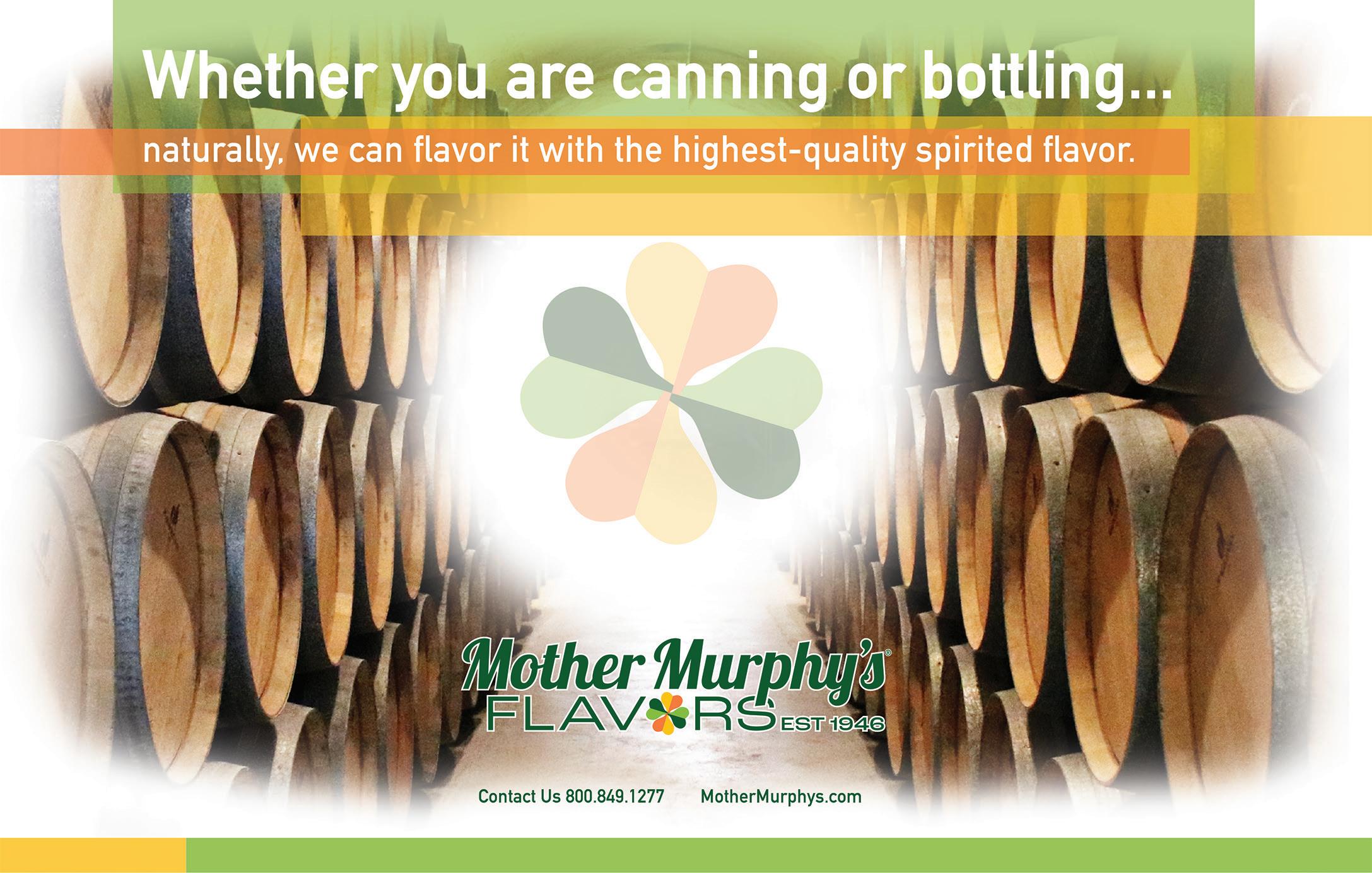
Once you have figured out the "why" and what makes your brand unique, you can start to build marketing materials around this. It will also help you design a logo and select colors that you will utilize throughout your marketing initiatives. This stage is just as important as the product development stage. The same amount of care you put into ingredients, quality and taste must also be applied now. So, you are ready to get started. What is next? Consistency!
Stay Consistent
Stick to your plan and only make minor adjustments. The foundation of your marketing strategy should be solid. It is okay to make minor variations, but your goal should be to build and evaluate your initial plan. It is easier said than done because this is a competitive industry. Do not forget your "why." Focus on who you believe would enjoy your beverage and stay laser focused. Devise a marketing plan that includes a calendar that you religiously follow. Always be two steps ahead. What does this mean? Some months of the year have holidays or special days like National Pancake Day. When creating marketing materials with images, blogs and videos, mention and highlight these designated days.
Unfortunately, there are no days off. There is nothing worse than looking up a brand online to find that they have not posted on their blog for a year or last posted on their social media a week ago. Curate behind-the-scenes features that allow your consumer to see how the beverage is made. You can also give them a glimpse into the trials and tribulations of your business experiences. Do you label your bottles by hand? Share this! It is easy to get discouraged initially. The idea that no one is looking will cross your mind several times. What you do not see during this time is the opportunity to push boundaries and try things that are out of the box before your consumer has an attachment to your product, and then there is little room for change. If you decide to build a blog to support your alcoholic beverage, view it as a mini-magazine and schedule a feature at the same time every week. Be sure to include it in your newsletter along with new product launches or sales.
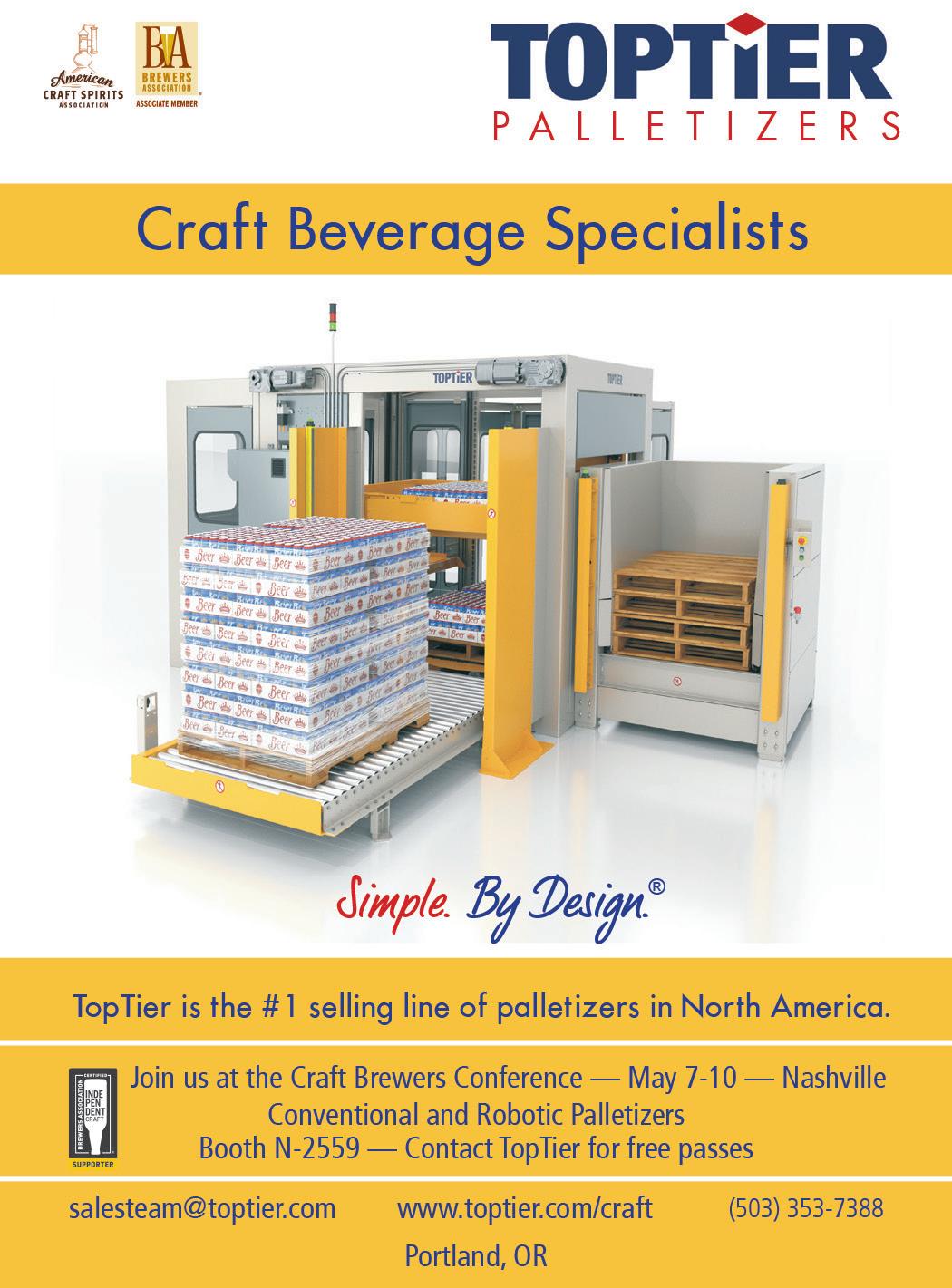

As you build a consumer base, predictability is the only way to stay afloat. As stated above, White Claw appeals to the wellness consumer, and Back Country Brewing the outdoors consumer. There is no need to reinvent the wheel. Expand and elevate your initial marketing strategy. Add new elements or products that complement it. This will help you stay consistent, give you more time to engage with your consumers and build a brand that is not a onehit-wonder.
Imagine Your Brand in the Future
Where do you see your brand five years from now? Ten years from now? Do not get caught up in current trends. This is why a sustainable strategy and consistency are the gold standard. You may have wondered why that blush wine in the odd shape bottle still does well with little marketing. This is what long-term, effective brand development looks like. This vineyard's goal was to design a bottle that was aesthetically pleasing to the eye so it would be a great decor piece, while at the same time elegantly displaying the wine. This is a brand that understands that it appeals to a consumer who likes the finer things in life. Consumers will stay loyal to a product because it is consistent and because they feel connected to the brand's mission.
Will the consumer tire of your product in the summer? Or are you a lifetime brand, like many exemplary legacy brands built around sports or music? If you would like to be the go-to campfire brewer, keep an eye on this consumer's changing habits and desires to grow with them.
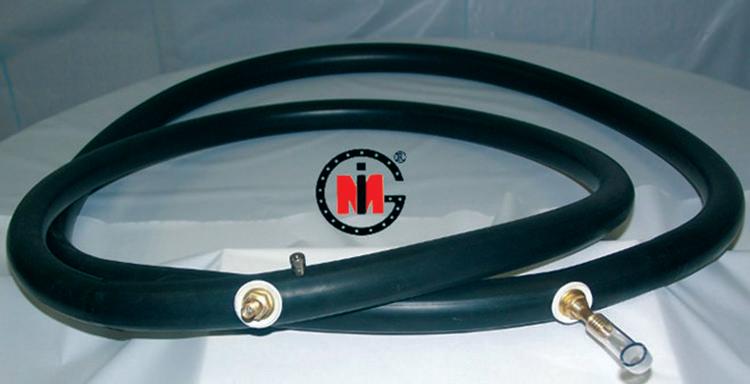
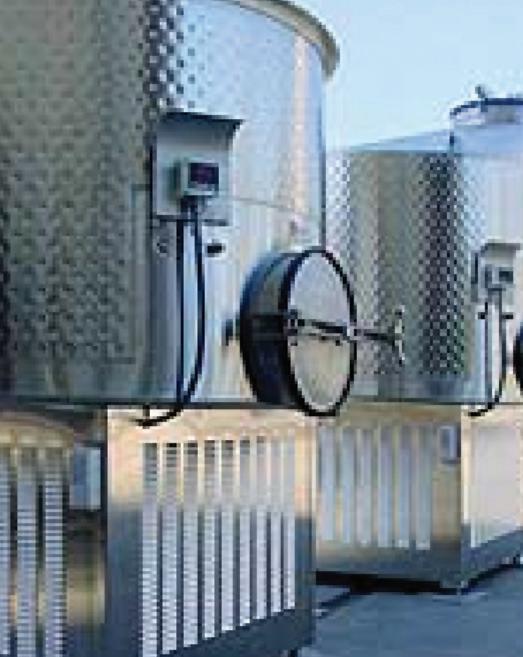

Takeaways
Strategy: A solid blueprint will steer you toward success.
Consistency: Keep going even when no one is looking.
The Future: Can you stand the test of time?









